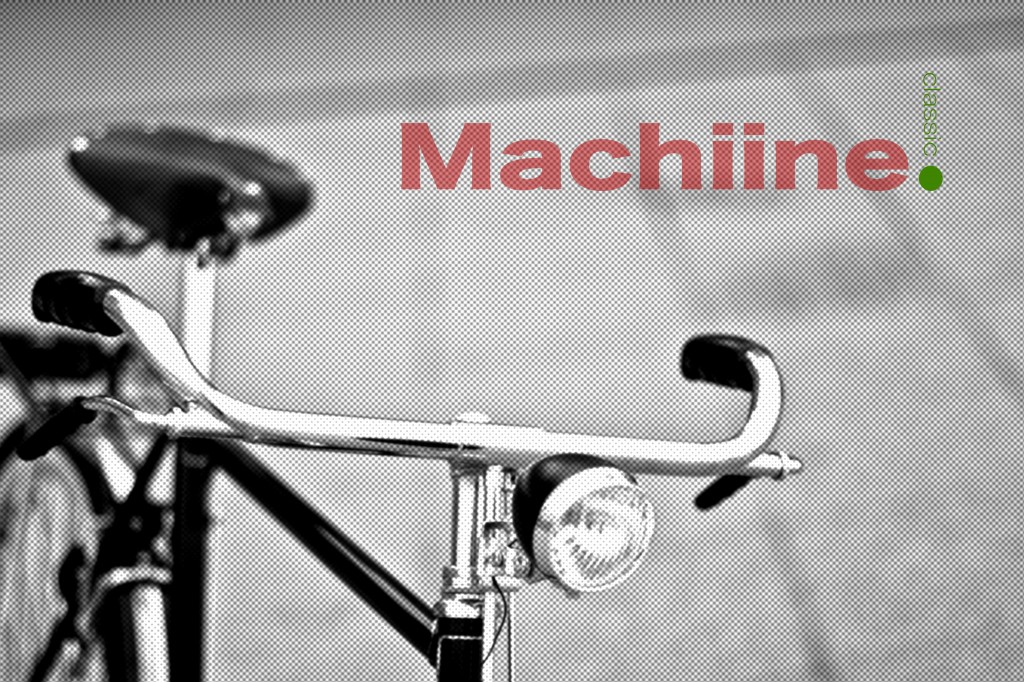
What is it about some designs that they become more beautiful as time goes on. The same could be said of some artists, and some musicians and some songs. It’s true too of some humans. I think of Mahatma Ghandi or Mother Teresa or Nelson Mandela.
If there is one consistent theme to this blog, it is this: If you don’t mind being embarrassed, you can learn anything.
While playing with the above design on photoshop I stumbled upon the work of late Swiss designer Hans Hartmann.
Little is known about Hans Hartmann. Yet his work evokes the sense that their must be a compelling understory to his work.

“Einspuren – Spur Halten”, which roughly translates as “Meshing – Keep Track”. That is according to Google. It’s a telling image.
Sometimes I try too hard to create perfect solutions that will stand the test of time. It’s an easy trap for me to fall into, whether programming or renovating my home.
If you’ve followed my blog for any length of time you will notice that the posts are on seemingly random topics. The reason for this is that I want this to be an outlet for writing and sharing that will remain relevant as time and my interests change. While I was advised to write on just one topic, it doesn’t work for me. And, in return I’ve been very lucky. Machiine has had over 300,000 visitors and 536 interesting comments.
I think it comes down to this. If I wrote about a specific topic, I would be doing it for some result, such as to generate web traffic. Whereas, by writing about any topic that I’m actually interested in, I keep writing irregardless of the traffic. Any extra outcome is just a neat bonus.
So, I’ve just been writing and the themes that show up have been occurring naturally. Today, I had the thought about the heart of Machiine. It comes down to a natural interest in classic designs, in true and meaningful biographical stories, and sharing/recording what it is I am learning.
Thank you for your visits, comments and emails. They are appreciated. Most of all, I hope that you find the articles on this blog useful and meaningful to you.




 I didn’t notice it at the time, but when I look at one of their articles today it seems that they have given up on the idea of perfect and have captured something far richer instead. A story.
I didn’t notice it at the time, but when I look at one of their articles today it seems that they have given up on the idea of perfect and have captured something far richer instead. A story.
